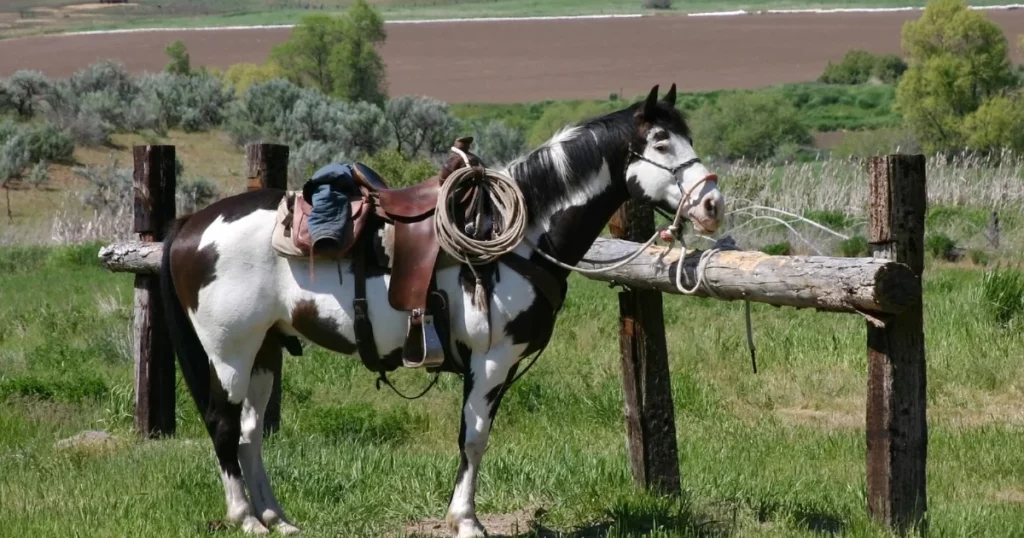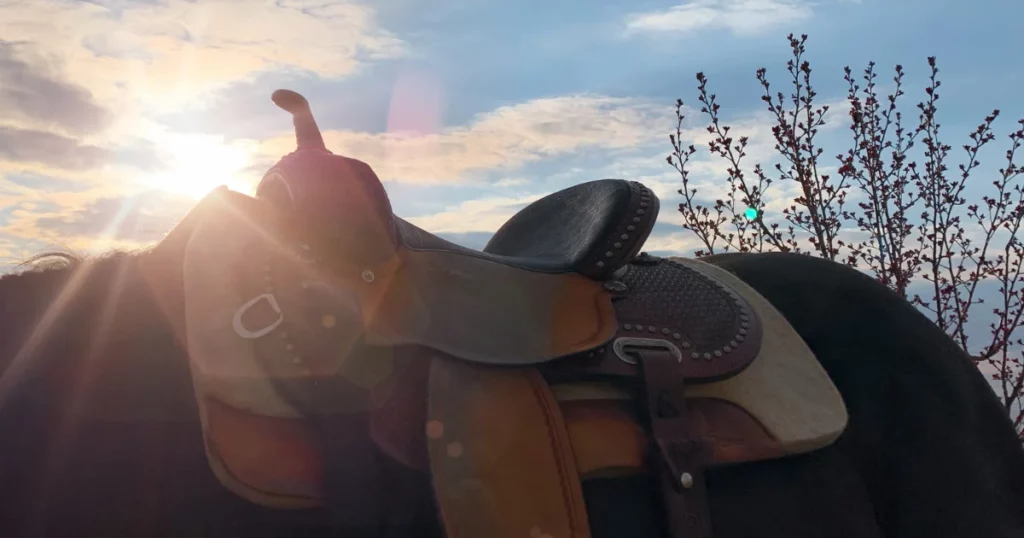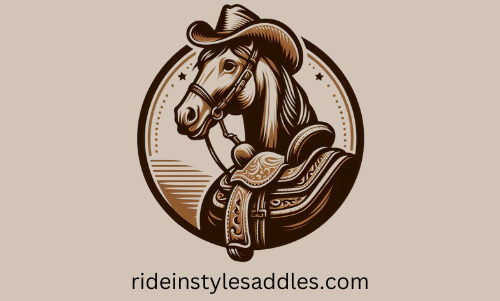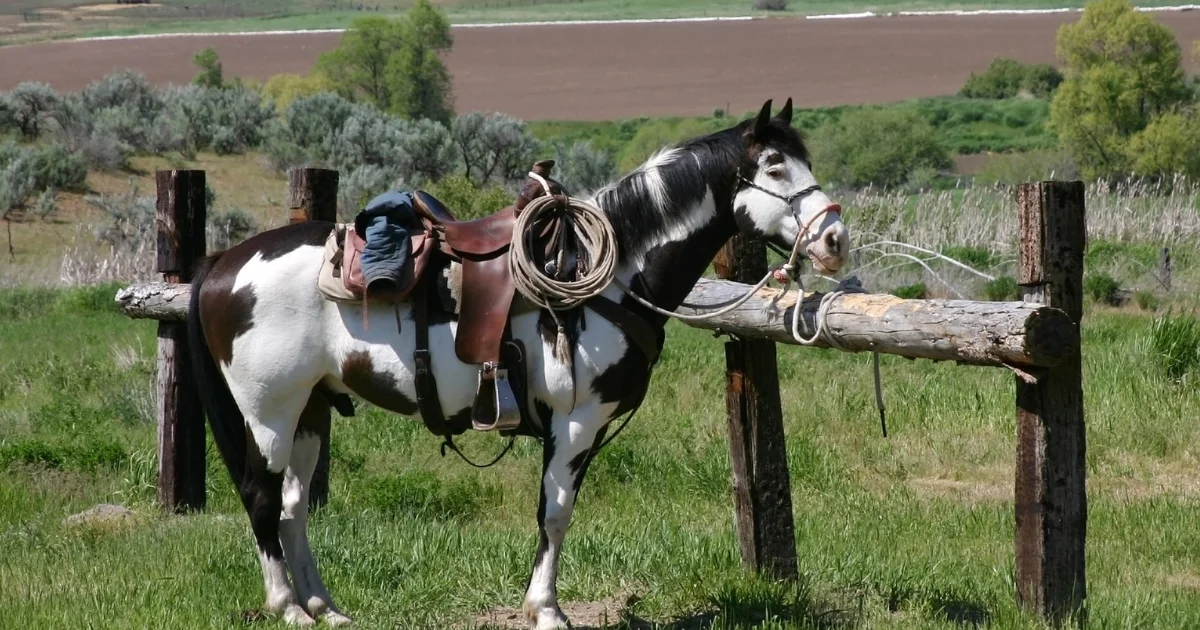
If you’re into Western riding, you’ll know that having the right saddle can make all the difference for both you and your horse. Whether you’re spending long hours on the ranch, hitting the trails, or competing in fast-paced events, the right saddle will keep you comfortable and secure while supporting your horse’s movement.
But with so many different types of Western saddles out there, how do you know which one is right for you? Don’t worry—we’ve got you covered!
In this guide, we’ll break down the most common types of Western saddles, what they’re designed for, and what makes each one unique. By the end, you’ll have a better idea of which saddle best suits your riding style. Let’s dive in!.
Common Types of Western Saddles
Western saddles come in a range of styles, each crafted for a specific purpose. If you’re new to Western riding, navigating all the options can feel a little overwhelming. Let’s simplify things by breaking down the most common types of Western saddles and what sets them apart.
Ranch Saddles
Designed for long hours in the saddle, ranch saddles prioritise durability and rider comfort. They feature a deep, secure seat to provide stability, making them ideal for working cattle or covering large distances on the ranch. These saddles are typically heavier and sturdier than other types, with a strong tree for added strength. Double rigging is a common feature, reinforcing the saddle’s ability to withstand the strain of daily ranch work. The horn is robust enough to handle roping, and the fenders offer maximum leg protection.

Trail Saddles / Pleasure Saddles
Built for comfort over long rides, trail saddles are lightweight and well-padded, making them ideal for leisurely rides on varied terrain. They often have a cushioned seat to absorb shock, helping to reduce rider fatigue. A key feature is the abundance of D-rings and leather ties, which allow riders to securely attach saddlebags, water bottles, and other essential trail gear. Many riders pair trail saddles with a breastplate to prevent slippage when riding across hilly or uneven landscapes.
Roping Saddles
Roping saddles are strong, sturdy, and built for performance. They are designed to support the intense demands of roping cattle, featuring a reinforced tree, a strong, well-anchored horn, and a deep, secure seat to keep the rider stable when dallying a rope. The skirts are slightly longer to distribute weight evenly, and the stirrups are positioned to allow for quick dismounts. Many roping saddles also have a textured seat for extra grip, preventing the rider from sliding during fast movements.
Cutting Saddles
Cutting saddles are designed to provide maximum contact and communication between horse and rider, making them an excellent choice for cutting competitions, reining, and training. They have a flat seat with a high cantle, allowing the rider to move freely while remaining secure during quick stops and turns. These saddles also feature high swells and forward-hung fenders, helping the rider maintain balance while working cattle.
Reining Saddles
Used in reining competitions and training, reining saddles are built to allow for fluid, precise movements. They have a deep seat with a low pommel, enabling the rider to sit deep and maintain close contact with the horse. The stirrups are positioned slightly forward, encouraging proper body posture during sliding stops and spins. These saddles are typically lightweight and do not have a tall horn, as reining does not involve roping.
Barrel Racing Saddles
Speed and agility are key in barrel racing, and these saddles are designed to enhance performance. They are small, lightweight, and compact, allowing for quick acceleration and sharp turns. The deep, roughed-out seat provides added grip to keep the rider secure during high-speed manoeuvres. Barrel saddles also feature high cantles and forward-hung stirrups, which help riders maintain balance and control while navigating tight turns. Their lightweight design also makes them popular for other types of gaming events.
Endurance Saddles
Designed for long-distance riding, endurance saddles are built to provide maximum comfort for both horse and rider. They are lightweight yet sturdy, with extra padding in the seat to prevent discomfort during extended hours in the saddle. The fenders are designed to allow for more freedom of movement, reducing strain on the rider’s legs. Like trail saddles, endurance saddles come equipped with multiple D-rings and ties for carrying essential gear, making them a great option for trail riders as well.
Training Saddles
Training saddles are practical, functional, and designed for versatility. They feature a low pommel, cut-out skirts, and a close-contact design, allowing trainers to communicate more effectively with their horses. These saddles often have rings and ties for attaching training aids, making them ideal for groundwork, lunging, and early-stage training. A padded suede seat provides extra grip, helping the rider stay secure during various training exercises.
Show Saddles
Show saddles are designed for appearance rather than functionality. They are often highly decorative, featuring intricate tooling, silver accents, and ornate designs that stand out in the show ring. These saddles typically have a padded, suede seat for comfort, but they are not built for extended use or rigorous riding. While they are not as practical for daily riding, they provide an elegant, eye-catching look in competitions. The low seat and shallow fenders let you easily cue your horse and shift your body weight. It’s perfect for showcasing your discipline’s agility and finesse.
Knowing what each saddle is designed for guides you in picking what will support your riding goals and needs. These specialized models offer targeted support, making a big difference in performance.
Choosing the Right Western Saddle for You
Finding the right Western saddle can feel like an important quest in your riding journey. Several factors come into play when making this decision, starting with your horse’s anatomy. It’s important to match your saddle to your horse’s back shape, ensuring it doesn’t pinch or cause discomfort. A poorly fitted saddle can lead to health issues, so taking some time choosing one pays off.
Your riding purpose clearly steers the choice too. Are you into long trail rides, or is speed more your style? Understanding what you’ll mainly use the saddle for helps narrow down the options. For example, a barrel racer will benefit from a lighter, more secure saddle, while a trail rider will value comfort and cushioning for those long hours on the saddle.
Budgeting is always on the table. Quality saddles aren’t cheap, but look at them as an investment. It doesn’t mean you need the most expensive one out there, but going for reputable brands often ensures durability and comfort. Sometimes a well-maintained used saddle can offer excellent value, allowing you to enjoy quality craftsmanship at a more affordable price.
Don’t overlook care and maintenance. Regular cleaning and conditioning extend a saddle’s life and keep it looking sharp. It’s not just about aesthetics—keeping your saddle in top shape means it performs better and stays comfortable for years to come.
Leave a Comment: “We’d love to hear from you! What’s your favourite type of Western saddle? Drop a comment below and share your thoughts!”
Another link you may find useful !
Affiliate Disclosure – And last but not least, when you click on links and make a purchase through our site, you’re helping support our work at no extra cost to you! This allows us to keep bringing you the best products and helpful insights. It’s a win-win—improving your equestrian game while supporting our blog. Thanks for being part of the RideInStyleSaddles community!

